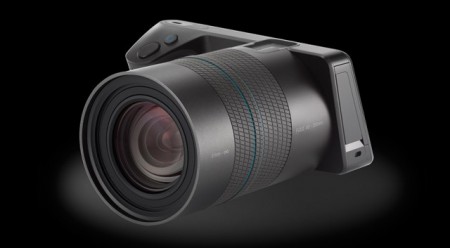
You may remember seeing the first Lytro light field camera here on the blog back in 2011. If its unconventional box-like shape wasn’t enough to catch your eye, the astounding technology that enabled photographers to adjust the focal point of the image after it had already been captured surely would have. Check out an example below, you can click to change the focal point and scroll to zoom in and out. There are more samples on Lytro’s Gallery page.
Well, now Lytro is back with the next evolution of the light field camera: the Lytro Illum. Physically, it appears much more in-line with traditional point-and-shoot cameras than its radical predecessor, with an angled display screen that gives the profile of the camera big points on both character factor and, I’d imagine, ergonomics. I’ve also read in some hands-on reviews that it feels remarkably light, weighing in at less than two pounds…yes, that lens that looks like a cumbersome beast apparently weights only half a pound.
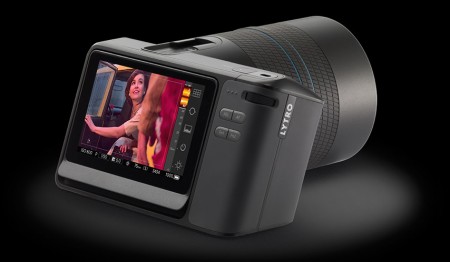
As pretty as the Illum is on the outside, it isn’t until you take a look at what’s inside that you can get a sense for how revolutionary this camera really is. The Illum uses a patented micro-lens array that captures data about color, light direction and intensity, storing this data for later use. This is the key difference between light field cameras and other cameras, which generally don’t give you much control over the photo once it’s been taken. A special Lytro button enables a helpful UI overlay that outlines the contours of objects in the shot, giving a sense of depth and a preview of how the image’s focus will be able to be adjusted by its viewers.
Perhaps the biggest kicker of all is the price tag. Looking at a piece of technology as revolutionary as this, you might instantly assume that it’s going to run tens of thousands of dollars. Wrong. It’s being listed at around $1,599 USD, which isn’t exactly cheap, but in the photography field it actually is very affordable. In his original post, Jon finished it off by opening the table for ideas on how this technology could be applied to great effect. One can’t help but think of all the possibilities when you look at technology like this: how would you use the Lytro Illum differently than you would your usual camera? Or, which of your favorite photographers would you like to see use a camera like this?
You can read more on the Lytro Illum on Engadget and The Verge
Posted by: Alex Koplin via Mani Nilchiani
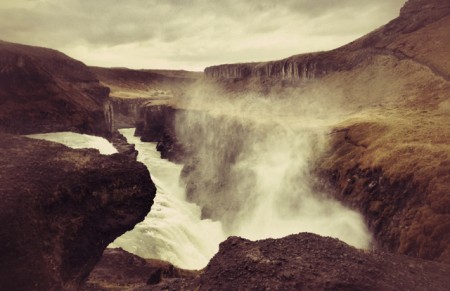

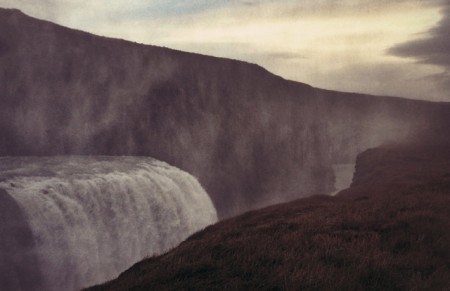
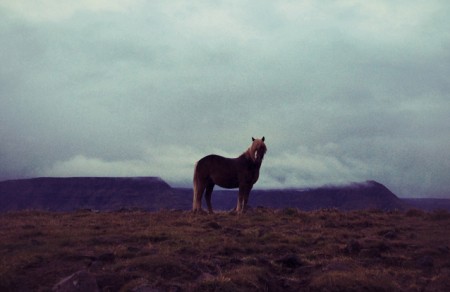

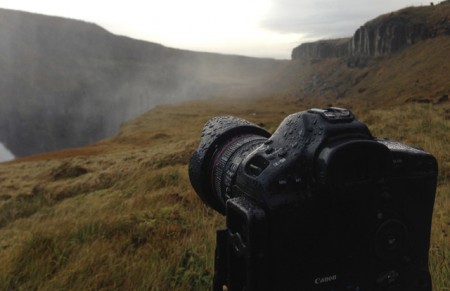
Incredible shots from Austin Mann taken with an iPhone 5. via Macspoilers:
Travel photographer Austin Mann recently purchased the iPhone 5 and took it for a field test in Iceland. Just as we thought, the camera is pretty awesome. Austin used the iPhone app Snapseed by Nik Software to edit them while others are the raw image. He puts the camera through low light tests that had minimal noise and produced clean jpegs. He also used the panorama mode to capture some of the beautiful mountains and rivers in amazing detail.
You know it’s a great time to be a photographer when a “phone” can create beautiful images like these. Of course, as they always say, it’s the photographer and not the camera… But I have a hard time believing Mann could have made these images with anything older than a 4S (and perhaps not even that phone). And my AT&T contract isn’t up until July! Oh well, will try and score a 5D in the meantime.
More photos, including panoramas, at Macspoilers
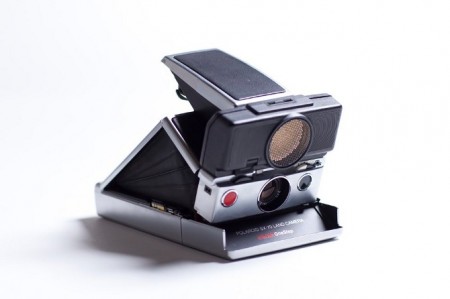
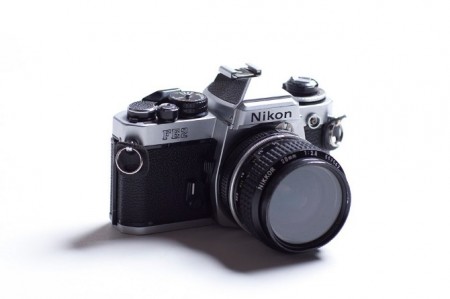
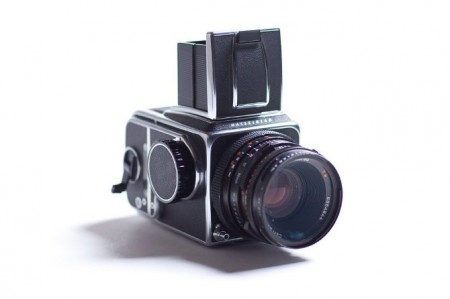
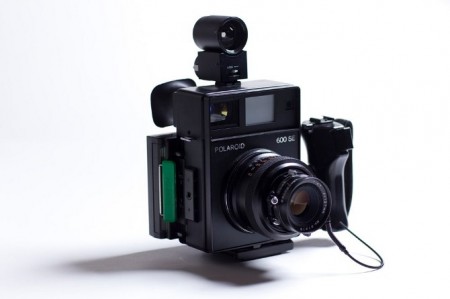

Friend of the blog and Tim Navis collaborator Cameron Ballensky shares some beautifully shot images of his camera collection. I first met Cameron when he assisted Tim on the Tycho shoot, this guy is a technical wizard. He was the one in the car doing donuts around us to kick up the dust in this picture; came out amazing.
Lots of other goodness at his blog
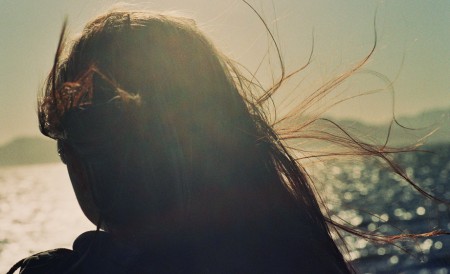
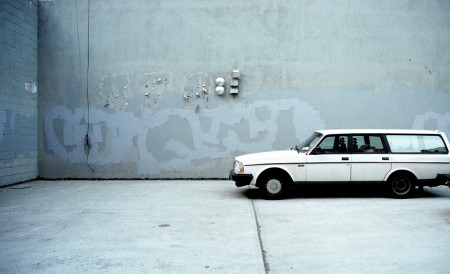
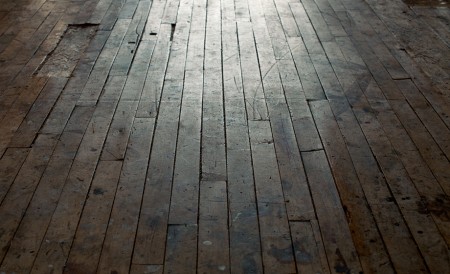
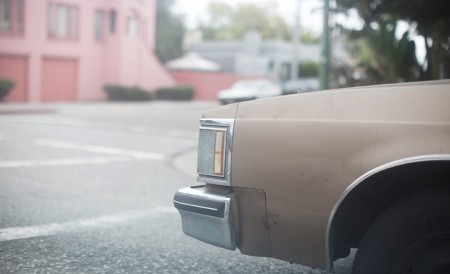



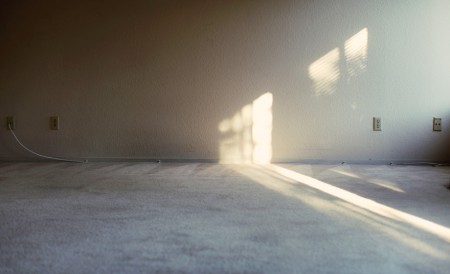
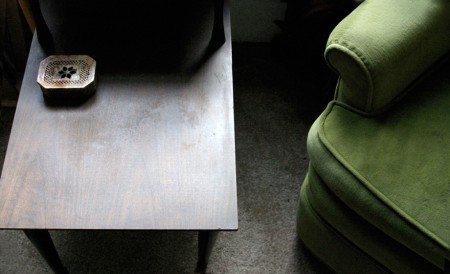
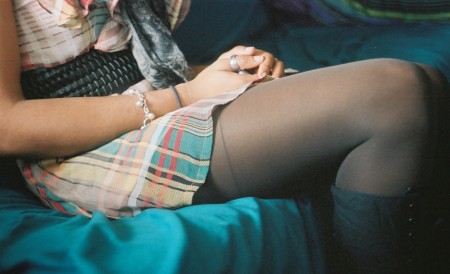
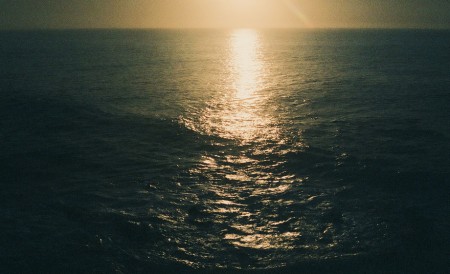
Bay Area photographer Lauren Crew has updated her portfolio with some great new work. I’m not quite sure what camera she is using, but I went to one of her shows in Oakland a few years ago and remember that she used mostly film, which is evident from the beautiful analog grain in some of these shots.
More over at Lauren’s Portfolio
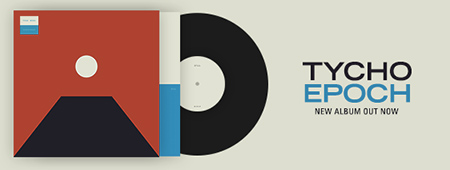
Here’s a beautiful 3 part vignette shot by director Riley Blakeway of Taj Burrow and friends in Fiji. Filming in a place like this, with surfers of this caliber, you’d expect it to look great and it does. Riley goes a little further to make it something else with the color and grain work, which I really appreciate. All three pieces have a great organic film-like grain and the color grading is spot. A feeling and look that you can’t just do with a plug-in.
When I first watched it, I was convinced this was 16mm and maybe super 8mm in spots. Here’s the kicker, “All of the surf vision was shot with the EX1.” says Blakeway. He also added that intros and outros were super 8mm. The camera is the Sony PMW-EX1, a type of camera that is similar to what a lot of us were used to shooting with before the Canon DSLR days. Not a 5D, 60D or even a RED Epic, which is great to see. I’ll try not to get into the technical too much on this, because it’s simply well shot, well edited and graded. His attention to detail is great on these, well done Riley.
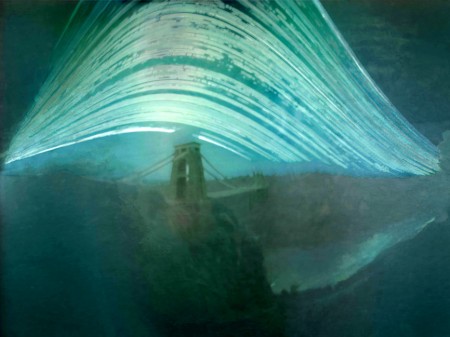
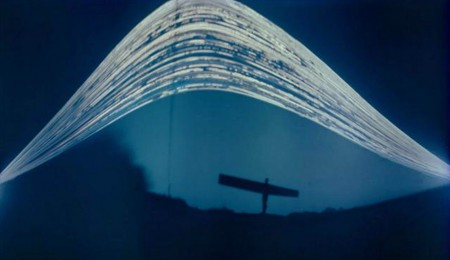
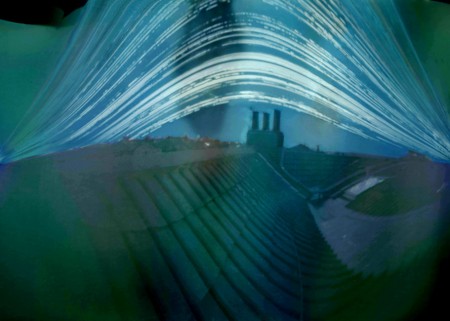
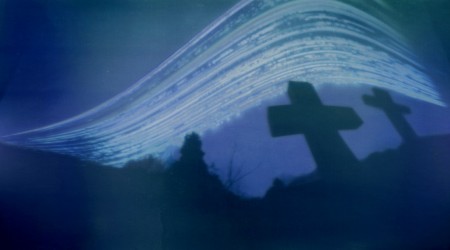
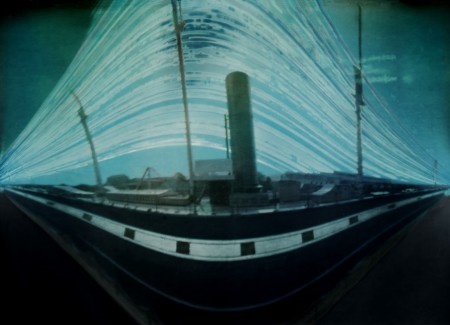
Photographer Justin Quinnell created these eerily beautiful photos with a pinhole camera fashioned from a soda can. Each image represents a six month exposure. Incredible. For the top one, Justin affixed the camera to a telephone pole where it sat quietly soaking in the view for half a year. The arc created by the sun is amazing, the time lapse gives us such a clear perspective on nature’s orderly design. Check out some more pinhole shots here.
On a side note, these images instantly reminded me of the Niépce Photograph (first ever photograph) which in turn got me thinking about the first photograph of a person (lower left, getting a shoe shine) and the Gorskii stuff (very early color photographer). It’s all so intriguing, like you’re seeing something you’re not supposed to.
Source Householdname Via Deru































